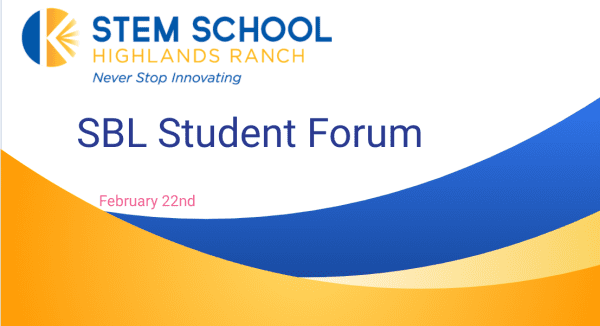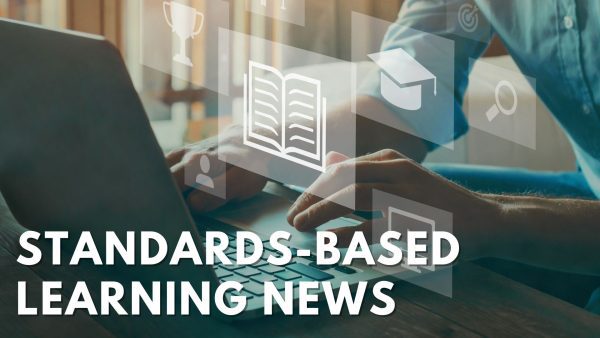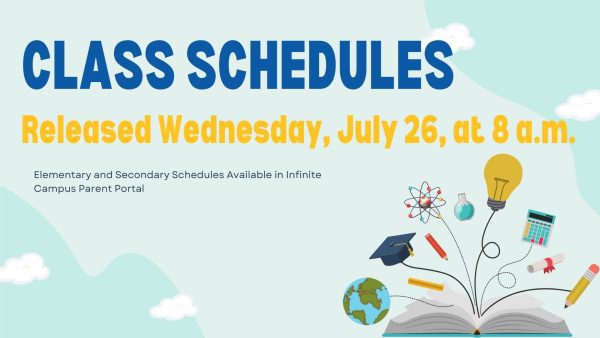Standards-based education in Colorado is defined as an ongoing teaching/learning cycle that ensures all students learn and master Colorado’s Academic Standards and associated concepts and skills.
In this continuous process of teaching/learning, student achievement is frequently measured through a variety of formats and assessment practices, and students are provided multiple opportunities to learn until they reach mastery. Regardless of the content area, course, level, or revisions in standards, this teaching and learning cycle remains constant.
Being standards-based means that every teacher, in every classroom, every day, through this continuous teaching/learning cycle, ensures students learn all standards and associated concepts and skills to mastery.





